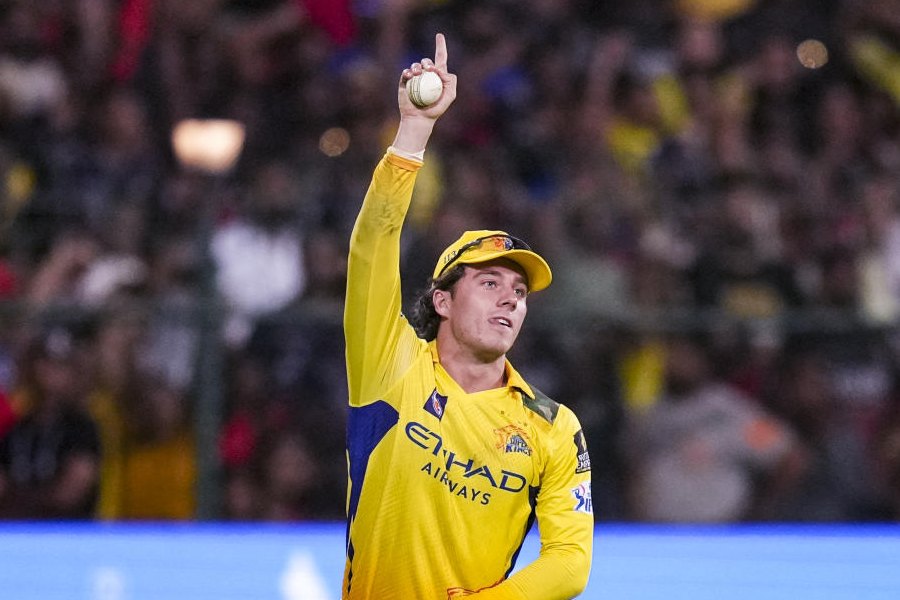To imagine growing up in a village or a small town in Odisha in the 1950s or 60s without feeling a stab of nostalgia about the detective novels one had read would be simply impossible.
Printed on cheap paper, these rather slim volumes bore sensational titles, all of which had something to do with murder and crime. A mentioning of some of those books would include Trunk Murder, Dasyu Robin (Robin, the Bandit), Jaaldasyu (The Pirate), Lal Mankadsa (The Red Spider), Japani Khelana (The Japanese Doll).
The covers carried lurid pictures of dead bodies lying in a pool of blood or masked figures wielding revolvers or sinister symbols such as a vicious-looking spider weaving its net.
Reading these, one not only entered a world of crime and violence, but also experienced the guilty pleasure of tasting a forbidden fruit away from the disapproving gaze of frowning adults.
The disapproval stemmed from the belief that such books brought cheap thrills to the young and lured them away from textbooks and homework. But such disapproval only served to whet one’s appetite for detective novels, the exciting world of adventure they explored contrasting sharply with the oppressively dull and uneventful rural world and its slow, unhurried pace of life. The narratives of most of these novels centred, as the narratives of all detective fiction do, on crime and its detection. The action revolved around the key figure of the detective who bore names such as Satyabrat Mohapatra or Rajesh.
An urbane, flamboyant and witty amateur, the detective solved the mystery of a murder and established the motive of the crime with negligent ease and earned the grudging admiration of envious policemen officially tasked with the job of detection.
While the police inspector would labour to find out only the obvious, the sharp-witted detective would get at the heart of the matter through the operation of his superior intellect. The thrill lay in watching the detective figure refusing to be distracted or misled by the red herrings thrown in his way by the criminal and tracking him down by proceeding step by step in a relentlessly logical manner.
The special atmosphere created by these novels intensified their appeal to the young minds. The setting was as important as the action that unfolded in these.
A house on the edge of the city, an abandoned building by the sea, a running train, or a jungle provided the writer of detective fiction his favoured theatre of crime.
The sound of gunshots that shattered the stillness of the night, black cars tearing through pitch black nights, shadowy figures wearing hats, overcoats and gloves stalking their victims, the detective and his sidekick roaming the dark streets in disguise — all these took the young readers on an unforgettable thrill ride.
One breathlessly wanted to reach the climax when the detective would suddenly shout “hands up” and the masked criminal's attempt to eliminate his witness or commit his second or third murder would be thwarted and his identity would be revealed. Sometimes, the criminal would give the suspense an extra dimension by throwing a challenge to the detective and subject his ingenuity to a severe, tantalising test.
But, all the detective novels we read when we were young did not confine themselves to murder mysteries or displaying the virtuosity of a charismatic detective. In some, we were irresistibly drawn to those who committed the crime. In fact, detective novels, which wove gripping narratives around criminals with hearts of gold, inspired fierce loyalty in us and were hugely popular.
The heroes of such novels were Robin Hood figures who robbed the rich to alleviate the suffering of the poor. Their criminal activities concealed a noble social mission and therefore engaged the sympathies of the readers. In fact, one such hero was called Dasyu Robin and his associate bore the name Dasyu Ratan. Children dreamt of following their daring example and with toy guns bought from village fairs played out the fantasy of bandits punishing the wicked rich during long summer afternoons.
To children growing up in the villages in Odisha in the 1950's and 60’s, the detective novels functioned as a window to the urban world. The city, not the villages, served as the sites of crime and detection in these novels. The crimes took place in say Cuttack, in trains, pucca houses and railway stations and the action centred on the lives of educated urbanised characters whose speech was peppered with words and polite expressions in English.
The dresses they wore, the gadgets they used and the way they conducted their lives constituted for us a smarter, more elegant and fast-paced life and filled us with strange inarticulate yearnings for the unknown.
In fact, the detective novels were brought into the villages by young men who studied in colleges in towns and eventually found their way into the hands of younger boys and girls. In this way, they built invisible bridges between the country and the city and shaped responses to the adult world and its charms and treacheries.
They performed another vital function, albeit unintentionally: they promoted the reading habit among the young in rural areas and made them into potential readers of serious prose fiction of the future.
Avid readers of detective novels written by household names such as Kanduri Charan Das, Bhupen Goswami and Jogendra Mohanty effortlessly took to reading novels by Fakir Mohan Senapati, Gopinath Mohanty, Surendra Mohanty and other major Odia writers and formed a part of the growing readership of Odia literature in the early 20th century.
Some of these detective novels happened to be translations of western classics such as Arthur Conan Doyle’s The Hound of the Baskervilles and created in young readers a taste for western crime fiction.
There is a piece of good news for those who would like to revisit the lost world of enchantment from which the passage of time has cut them off: two volumes of selected novels by Kanduri Charan Das, a living legend in the world of Odia detective fiction, have been recently brought out. He has also started writing his memoirs, which may prove as riveting as his novels.










